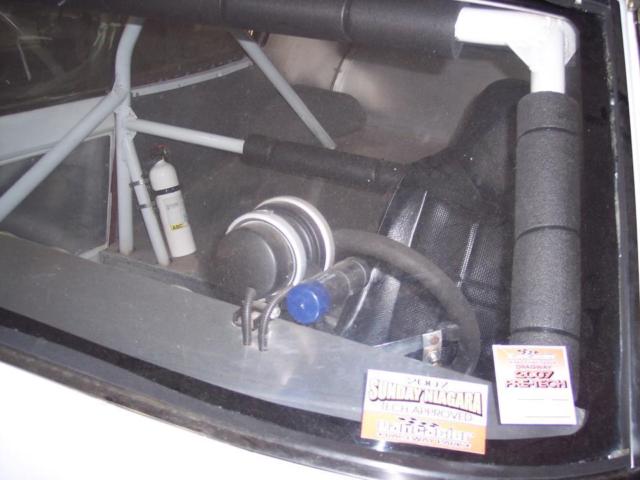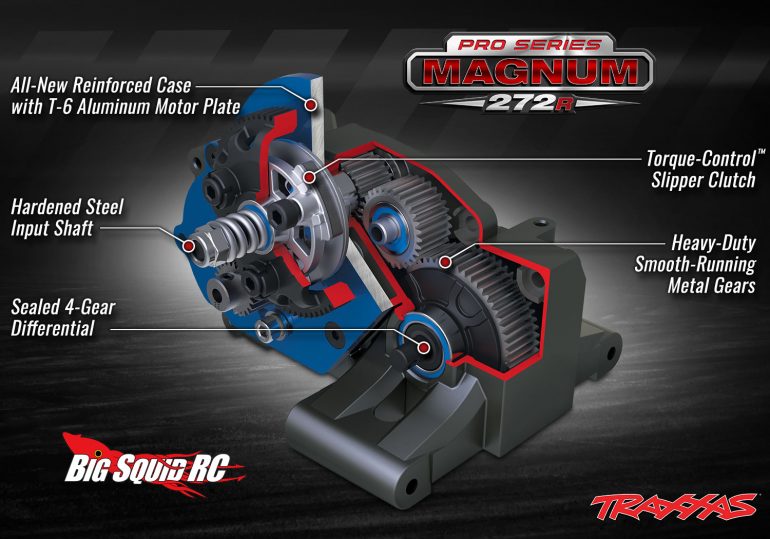

We’re here to talk about what a trans-brake does and how it can help your ride.įirst to Clear Up Some Other Confusion Regarding Trans-Brakes Not to make fun, but the descriptions he read led him to believe that it was something that helps the car slow down at the end of the run.

One of the articles he read mentioned a trans-brake but didn’t do much to explain what it is and why a drag racer would need one. He’s not very knowledgeable about cars, yet, but he’s been doing lots of reading lately. Want launches like this? You want a trans-brake.Ī friend of mine is building a car to do some drag racing with and we had a bit of a Q&A session the other day.
Drag car transmission driver#
Next, the driver pulls the chute and the crew then feverishly prepares for the next run.What Is a Trans-Brake and Why Would I Need One? Photo: The mechanical abuse finally ends as the dragster clears nearly 500 feet per second. "This is the engine's toughest zone," Oberhofer says. Late in the run, many spark plugs have burned away, so the engine is dieseling, and some cylinders simply don't fire. Thanks to 5000 pounds of aero downforce, the tires have incredible traction, but wind resistance slows acceleration from the maximum 5 g's to about 4. Some of the clutch plates begin welding together, pulling the engine to its lowest rpm, 6500. In the time required to take a sip of coffee, Grubnic's car reaches 248 mph. Aerodynamics increase tire traction so the throw-out bearing tightens its grip. The fuel flow ramps to 95 gallons per minute. The clutch's throw-out bearing has moved through three of its five stages, increasing the pressure on the discs. The ignition timing is advanced back to the maximum value. To reduce power and the acceleration of the driveshaft and tires, the ignition advance is retarded from 56 degrees to 27-a strategy to keep the tires gripping the track surface instead of spinning. The motor screams at its 8300 rpm redline, and the tires buckle under the load of getting the 2300-pound dragster moving. On March 13, 2010, in Gainesville, Fla., Kalitta driver David Grubnic set a top speed record on the 1000-foot track. Play icon The triangle icon that indicates to play The Race They perform this harried rebuild in just 40 minutes. So the engine is rebuilt after every run by a team of eight mechanics. The extreme internal forces literally flatten the crankshaft bearings and destroy valve springs during a pass. The supercharger, which is just a belt-driven air pump that force-feeds the engine, is so massive that it takes 700 hp to run it. The basic layout is very similar to the 1964 Dodge Hemi 426 V8-16 pushrod-activated valves-but with two spark plugs for each cylinder and a total displacement of 500 cubic inches. Current estimates are in the 8000 neighborhood, and, no, we didn't mistakenly add a zero on the end.

EngineĪ top-fueler's exact horsepower is a mystery-there isn't a dynamometer that can handle one. The resulting grip is akin to driving on flypaper. The special blend of tread rubber is designed to adhere to the adhesive that's applied to the track. With increasing vehicle speed, the tires expand to a final diameter of 44 inches. At the start, the 36-inch-diameter tires squat as the sidewalls wrap around the wheels' bead locks. The bias-ply tires also dramatically change diameter over a run, which has the effect of altering the overall gearing. Specially constructed Goodyears have the intimidating task of transferring all that rotational energy to forward speed. The discs get so hot that at least two of them are welded together by the run's end. If it engages too quickly, the tires will spin, but if it's too lazy, the car won't accelerate as fast as possible. The clutch is tuned according to track conditions. A hydraulically motivated throw-out bearing operates off a simple timer (computer controls are illegal). "The clutch is the lifeline of the car," Oberhofer says, because it regulates wheelspin by gradually engaging and slipping as the car moves down the track. ClutchĪ five-disc dry clutch is the only link between the engine and the locked rear end-there's no transmission. That kind of flow requires a firehose-like fuel line. The 58 nozzles in the intake tract are always open, dumping about 5 gallons of fuel in a 4-second run. But nitro is an oxygen-rich compound that requires less air to burn, so the engine can consume more of it, thereby producing greater power. Interestingly, a gallon of nitromethane, which costs $58, has less energy content than gasoline (14 kilowatt-hours versus 34). Top-fuelers burn a mixture that's 90 percent nitromethane and 10 percent alcohol.


 0 kommentar(er)
0 kommentar(er)
